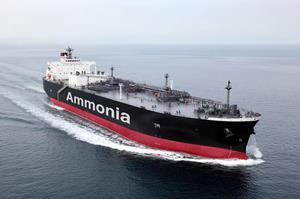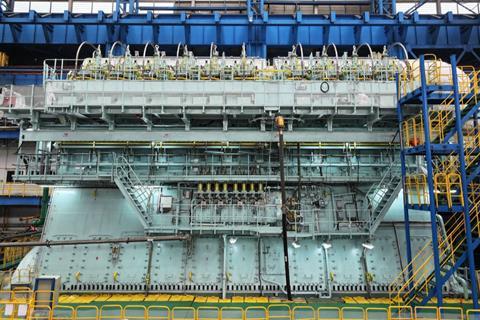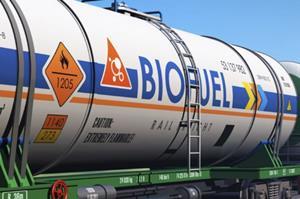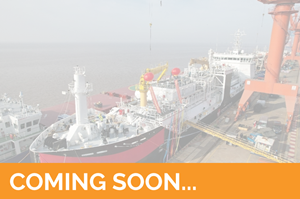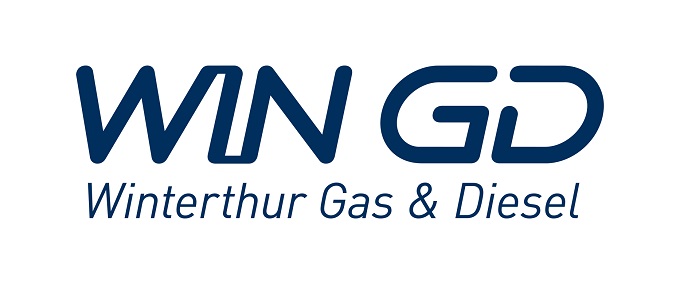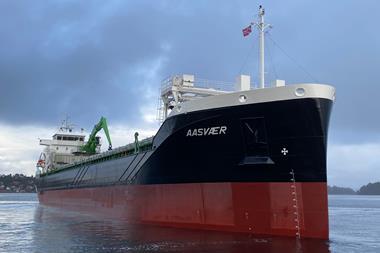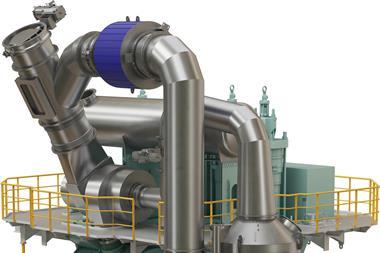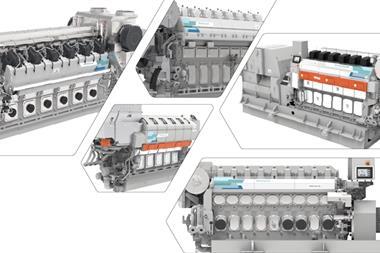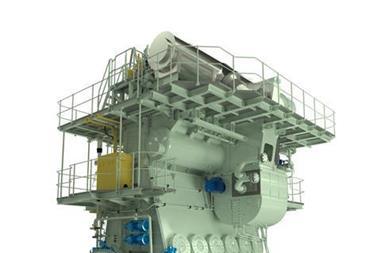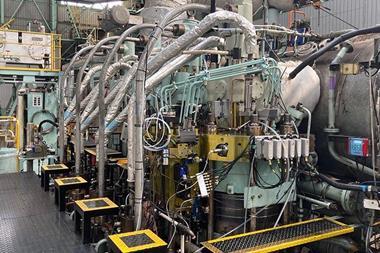Future environmental regulation remains the key variable for ship owners to monitor. WinGD’s X-DF engines, operating on LNG, reduce a cargo vessel’’s emissions by 99% for SOx, 90% for NOx, 99% for PM and about 18% for Greenhouse gases.
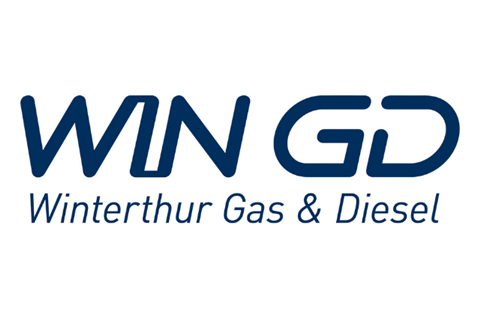 Content from our commercial partners
Content from our commercial partners
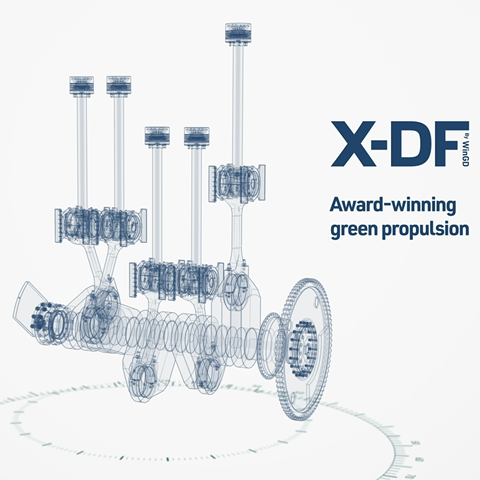
Future environmental regulation remains the key variable for ship owners to monitor. WinGD’s X-DF engines, operating on LNG, reduce a cargo vessel’s emissions by 99% for SOx, 90% for NOx, 99% for PM and about 18% for Greenhouse gases.
The technology
Based on the lean-burn Otto-cycle combustion principle, fuel and air are premixed and burned at a relatively high air-to-fuel ratio; a concept already used widely on medium-speed engines.
The launch of low-speed dual-fuel (X-DF) engines using LNG, admitted at low pressure, and ignited by a low volume of liquid pilot fuel, was a breakthrough in the marine industry.
WinGD has applied a depth of gas engine expertise and experience to its low-speed engines – a move that extends the benefits of X-DF technology across the broader marine industry. This technology has proven effective through over 1,000,000 running hours from a variety of vessel types.

The benefits of low-pressure X-DF engines
- Low-pressure gas supply means maximum simplicity, low investment costs and low power consumption
- Extremely small pilot fuel quantity, below 1% of total heat release
- X-DF engines can be operated on gas down to very low loads
- Low NOx emissions, close to zero SOx emissions, IMO Tier III compliant without exhaust-gas after-treatment
- Particulate matter emissions reduced to almost zero
- Applicable on a variety of vessel types, including LNG carriers, chemical tankers, container ships and vessels operating worldwide including Emission Control Areas (Baltic Sea, coasts of North America, Gulf of Mexico).
- Available with the latest technological development X-DF 2.0, offering greater fuel and energy efficiency and reduction in methane slip of up to 50%


